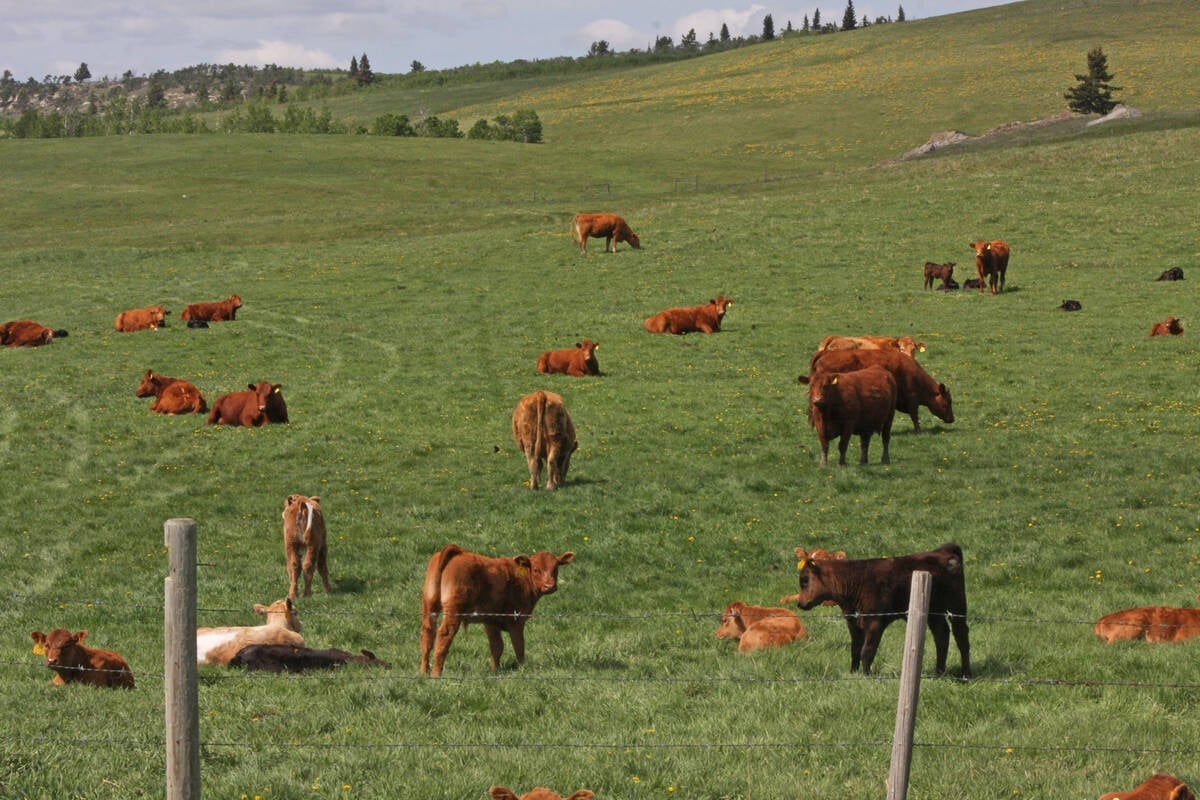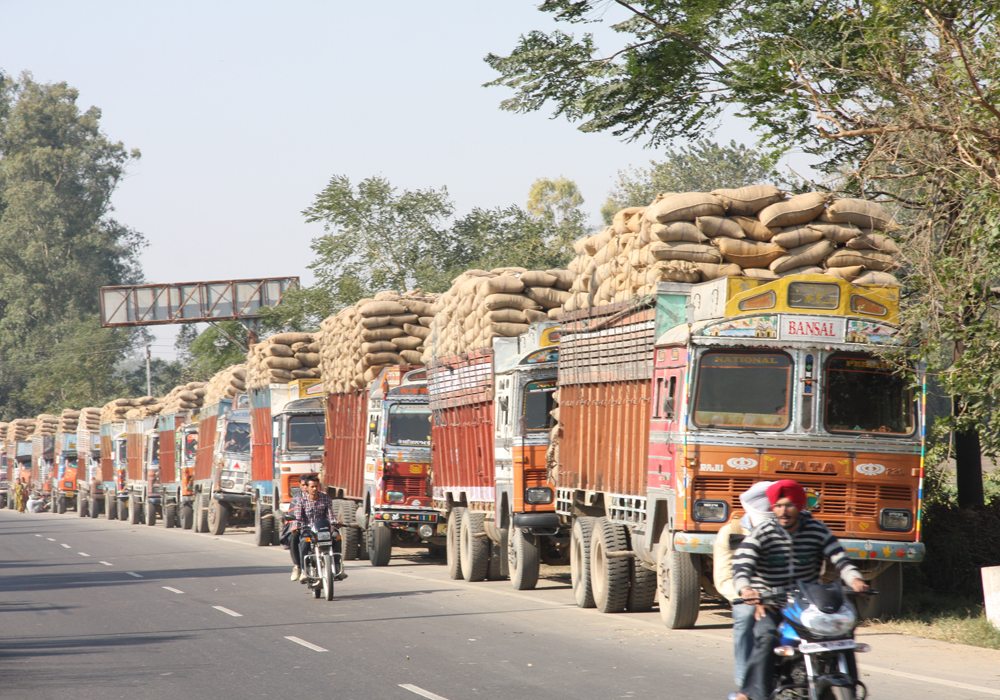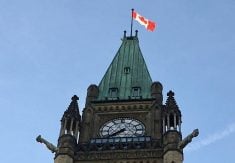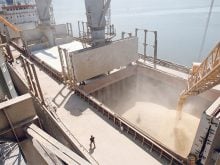WINNIPEG (CNS) — The Indian government has raised the import tariff for chickpeas from 40 percent to 60 percent. This is the second time India has raised the tariff.
Published in the Gazette of India on March 1, the government said the tariff is to be imposed immediately, due to circumstances that make it necessary to take immediate action.
On Feb. 28 Reuters published a story stating India’s cabinet had approved doubling state purchases of oilseeds and pulses from farmers, in a bid to boost local output and prevent distressed sales.
Read Also

Livestock leads Canada’s farm economic outlook
Forecasts by a major Canadian farm lender featured good and bad news on the financial health of both farmers and Canadians at large.
India originally placed a 30 percent tariff on imports of chickpeas and lentils on Dec. 21, which had followed a 50 percent tariff on pea imports on Nov. 8 — the maximum allowed under World Trade Organization rules. The chickpea duty was raised to 40 percent on Feb. 7.
The tariffs were placed in order to support Indian farmers who faced lower commodity prices following large world crops of pulses.
The Indian government has previously said it wants to reach self-sufficiency for pulses, but many analysts have said that isn’t possible as India relies on variable monsoon rains for its growing season.
Canadian Prime Minister Justin Trudeau visited from Feb. 18 to 24, where he reached an agreement with Indian Prime Minister Narendra Modi on fumigation issues that Canadian pulses had faced upon on import into the country. The release announcing the agreement didn’t mention import tariffs.
Last year Canada exported 10,000 tonnes of chickpeas to India, according to Statistics Canada.















